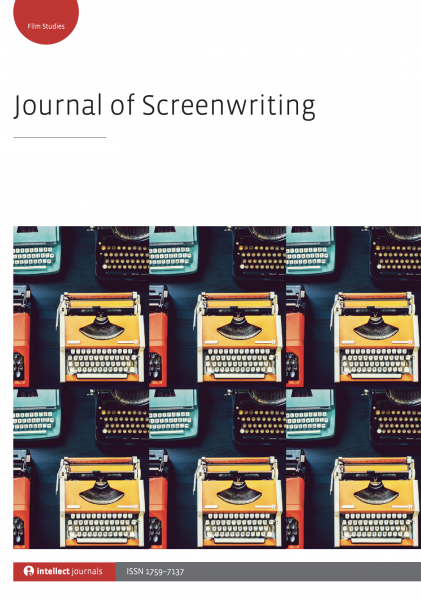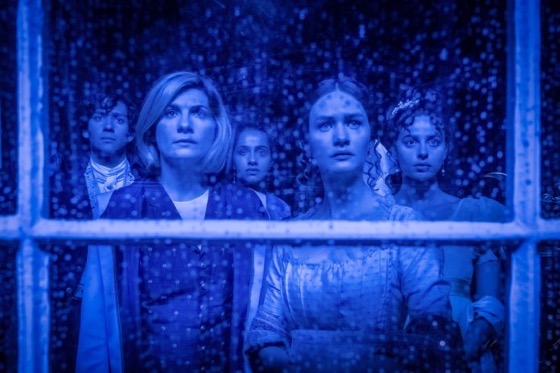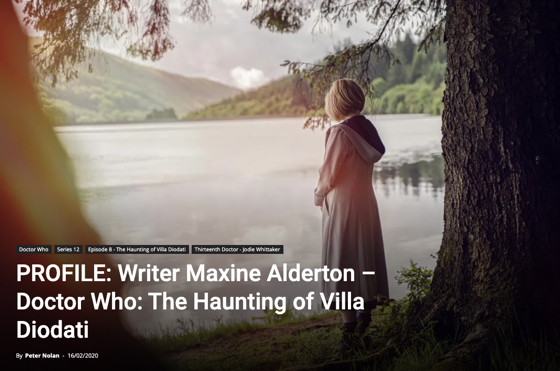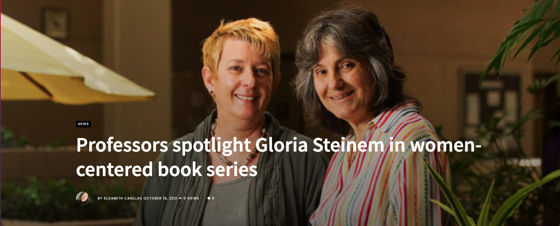Highlighting the articles in the past editions of the Journal of Screenwriting, of which I am the Book Reviews Editor. Hopefully these abstracts will entice you to did a little deeper into the history and future of screenwriting. — Rosanne
The New Zealand Film Commission (NZFC), a government-supported film industry funding agency founded in 1978, is directed ‘to encourage and also to participate and assist in the making, promotion, distribution and exhibition of films’. In the late 1980s the NZFC, in an attempt to capture a larger international audience for New Zealand-domiciled films, focused attention on screenwriting and screenplay development practices within the local industry. A rigorous training programme of seminar tours from Hollywood-industry script consultants, including seminars from Robert McKee and Linda Seger, followed. This article surveys key moments in this training process, the uptake of McKee and Seger’s screenplay analysis methods, and discusses the effects of these targeted initiatives on the screenwriting and development practices within the government-supported film industry through the late 1980s and early 1990s.
The Journal of Screenwriting is an international double-blind peer-reviewed journal that is published three times a year. The journal highlights current academic and professional thinking about the screenplay and intends to promote, stimulate and bring together current research and contemporary debates around the screenplay whilst encouraging groundbreaking research in an international arena. The journal is discursive, critical, rigorous and engages with issues in a dynamic and developing field, linking academic theory to screenwriting practice.
Get your copy and subscription to the Journal of Screenwriting Today!
* A portion of each sale from Amazon.com directly supports our blogs
** Many of these books may be available from your local library. Check it out!




![15 Fuller, History, and Back to America from Concord Days: Margaret Fuller in Italy [Video]](https://rosannewelch.com/wp-content/uploads/2021/11/rmw-concord-day-2021-fuller-rome-15.jpg)






![14 Fuller, Women, and War from Concord Days: Margaret Fuller in Italy [Video]](https://rosannewelch.com/wp-content/uploads/2021/10/rmw-concord-day-2021-fuller-rome-14.jpg)


